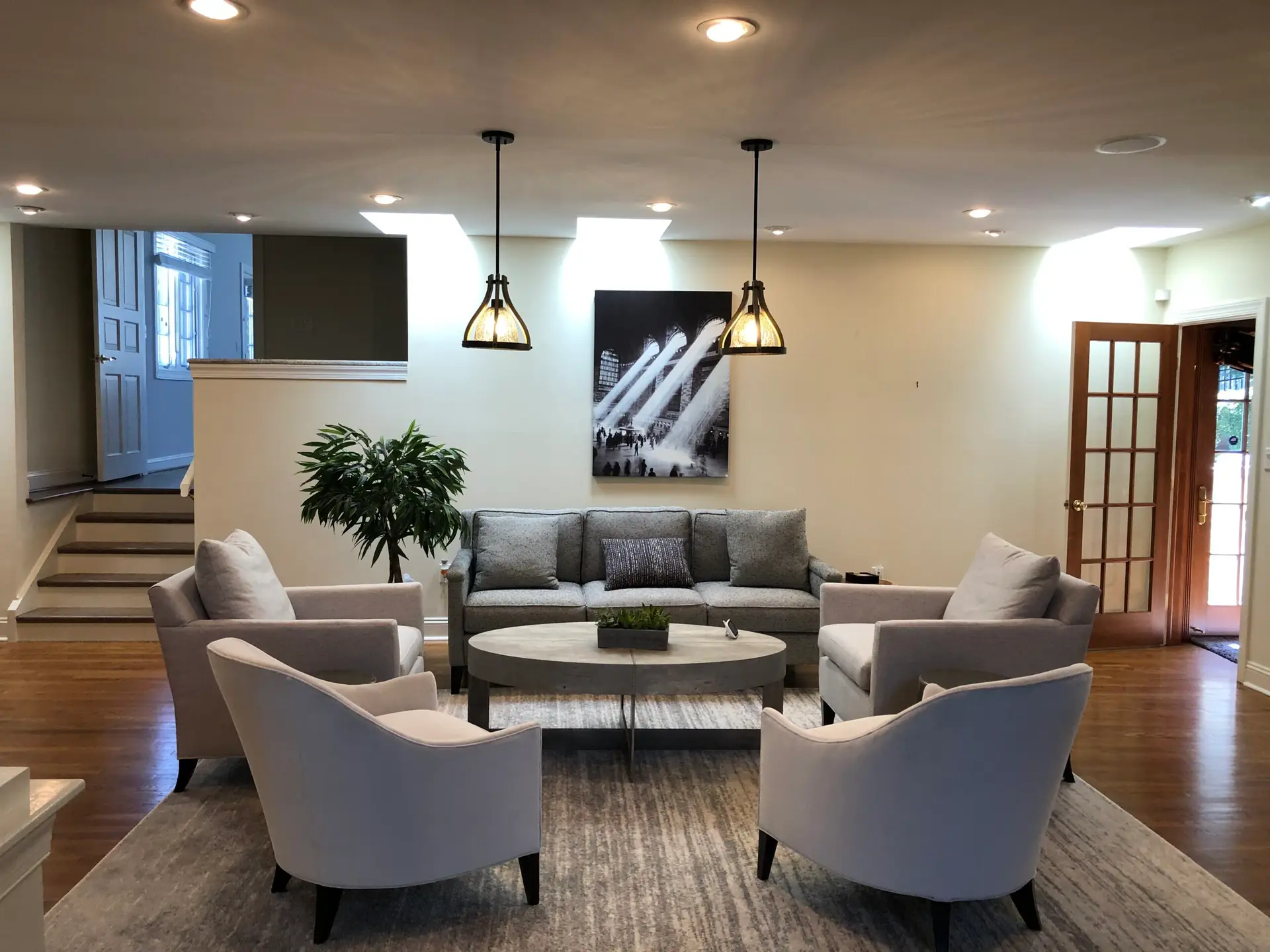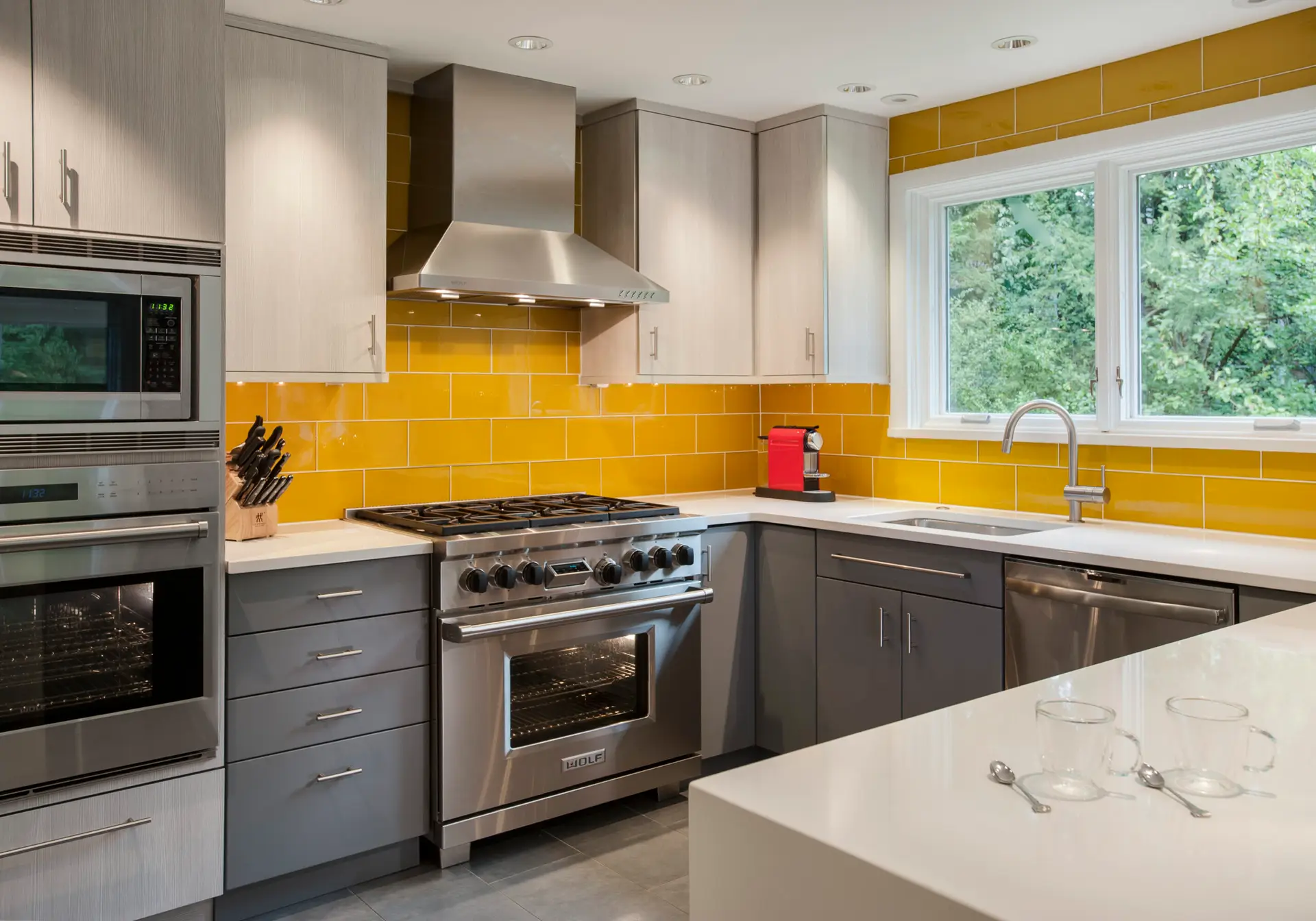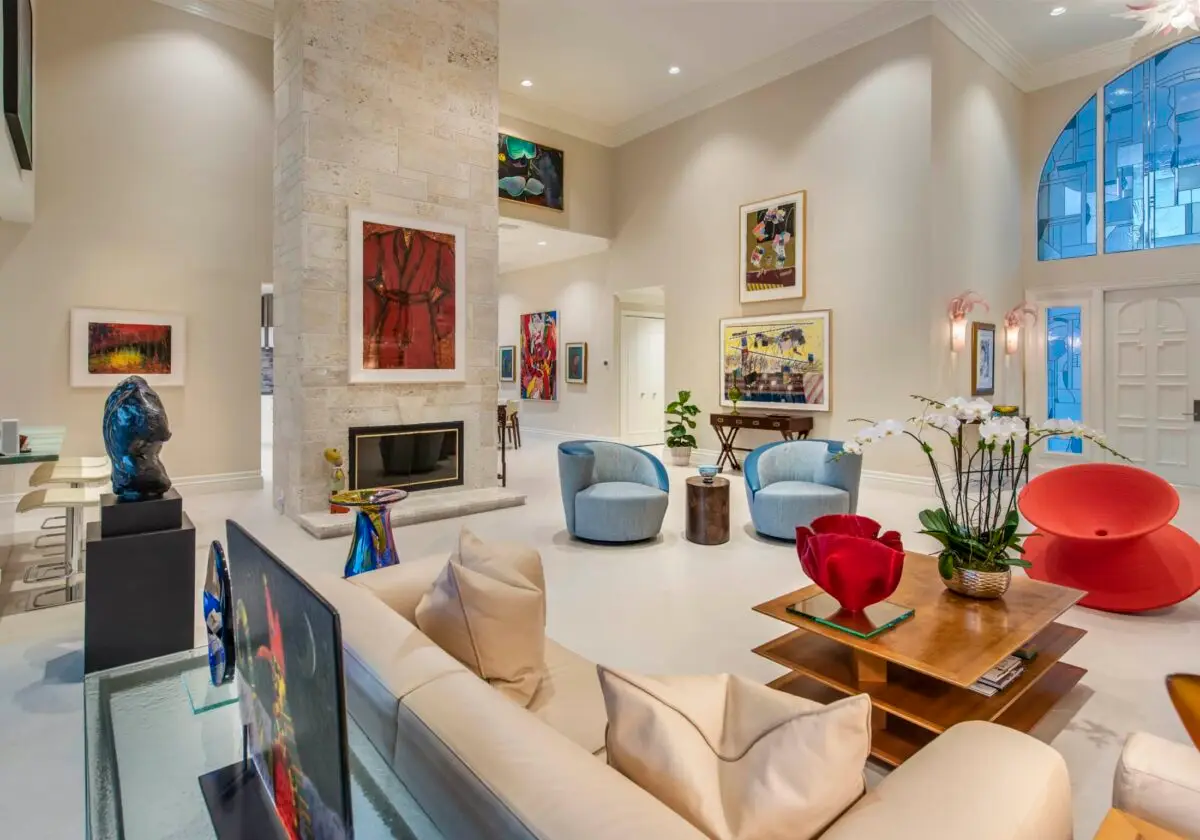The ancient Roman architect Vitruvius stated buildings should always be beautiful, durable, and functional. And before the housing market crash of 2008, McMansions were considered to be just that. From the 1980s until the early 2000s, these huge supersized homes were designed to exude wealth; the goal was to provide as much space for the homeowner at the lowest price possible.
In fact, McMansions boast over 3,000 square feet, which is 500 square feet more than the average home. Furthermore, they are characterized by a blend of architectural styles, designed from the outside in. Designers placed greater focus on first impressions rather than what lies within. McMansions are also all about having more. They feature more space, bedrooms, columns, and ceiling height that is clearly evidenced from the outside. In the past few years, though, major cities have seen a huge lull in the market when it comes to McMansions, as well as larger homes in general.
Why Huge Homes Aren’t Selling
Realtor.com’s 2018 year-end report saw a decline in the housing market of major cities, including Los Angeles, Chicago, Manhattan, and Seattle, and projected that sales would continue to slow down into 2019. The reports progressed last month, when the Wall Street Journal noted that many high-end homes across the Sunbelt have remained on the market, still waiting to be sold.

Many of these homes were built 15 years ago, when a surge of retirees constructed new homes which they planned as their “forever homes.” However, big homes come with big responsibilities. And as many of these homeowners grow older, they feel less capable to maintain such large houses. Unfortunately, there are too few young buyers willing to purchase these large homes.
One reason for the decline in sales of huge homes is simply the cost. Student Loan Hero reported that millennials buying their first homes today will pay 39% more than the baby boomers did for their first homes in the 1980s. But while cost is a common concern for any home buyer, it’s not the only factor impacting millennial’s decisions to not buy larger homes. While wages have increased proportionally to home prices, many millennials see huge student loans as a major hurdle to buying a home.

Location
Homebuyers young and old are choosing to buy homes in areas that are more walkable and closer to retail areas. Everyone wants to live closer to work as well, whether walking, driving, or taking public transportation. Because high-paying jobs tend to concentrate in metropolitan areas, home prices in desirable neighborhoods have skyrocketed. Simply having friends recognize the name of your new neighborhood has value as well, often more value than sheer size. Homeowners are more likely to choose a smaller house simply because of where it is built.
Design Trends
It’s apparent that design trends dramatically differ between baby boomers and millennials. Homes with ornate details continue to sit on the market while buyers jump at the opportunity to buy modern homes with clean lines and open concept living spaces. As sustainability trends continue to rise, millennials also prefer homes that are green and space efficient. People are realizing that simply bigger doesn’t necessarily mean better – in fact it can be worse.

The Future of Big Homes
So what does this mean for huge homes still sitting on the market? According to a 2018 Fannie Mae report, “The Coming Exodus of Older Homeowners”, baby boomers currently own and live in 32 million homes; this accounts for 2 out of 5 homeowners in the country. For now, home ownership retention rates seem stable. But the report projects a sharp decline in home ownership among those ages 65+ over the next 20 years.
Not all hope is lost. One trending alternative is to remodel homes for aging in place and creating a better home environment for independent living. Many of these homes have the square footage to provide enough space for easy accessibility for wheelchairs, walkers, or even an in-home assistant.

If you must move on, though, huge homes will always have a unique allure. But if you live in a house that is not quite up-to-date, you’ll need to take action. If a full update and remodel is not in the budget, that’s okay. There are easy home renovations that can dramatically increase your home’s chances of selling. This might include updating paint colors throughout the home, such as walls or cabinets. Or try replacing outdated drapery, fixtures, and hardware with more modern ones. Renting contemporary pieces of furniture to stage a home is also a great way to show off your home’s potential to buyers.




